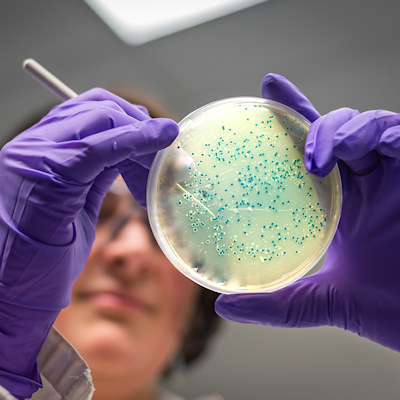September 19, 2022 -- Rice University researchers have discovered a rare enzyme that can be used to metabolically engineer cells to produce drugs, including thrombin inhibitors that break up blood clots. A bioinformatic survey found the key in the endangered crested ibis, a large white-plumaged wading bird.
The study, funded by the National Institutes of Health, National Science Foundation, and others, was published September 16 in the journal Nature Communications.
The crested ibis is the only species known to naturally produce an enzyme, sulfotransferase 1C1, that works within living cells to generate the noncanonical amino acid sulfotyrosine (sTyr), a mutant of the standard amino acid tyrosine. The discovery, made through computational comparison of genome databases at Rice's Center for Theoretical Biological Physics, underscores the importance of preserving endangered species.
Mimicking the ibis' ability to synthesize sTyr and incorporate it into proteins requires modifying a cell's DNA with a mutant codon called amber stop codon that in turn makes the sulfotransferase enzyme found in the bird. This catalyzes the generation of sTyr, a key building block in programing living cells to express therapeutic proteins -- including anticoagulant thrombin inhibitors.
Having the cells do the work of making a noncanonical amino acid is far more efficient than synthesizing it, Han Xiao, PhD, assistant professor of chemistry and biosciences at Rice, said in a statement. "But then we have to have the translational machinery to recognize it. And a special codon to encode this new building block. With this study, we've fulfilled all three of these requirements."
"We got lucky," Xiao said. "Ibis is the only species doing this."
Copyright © 2022 scienceboard.net










